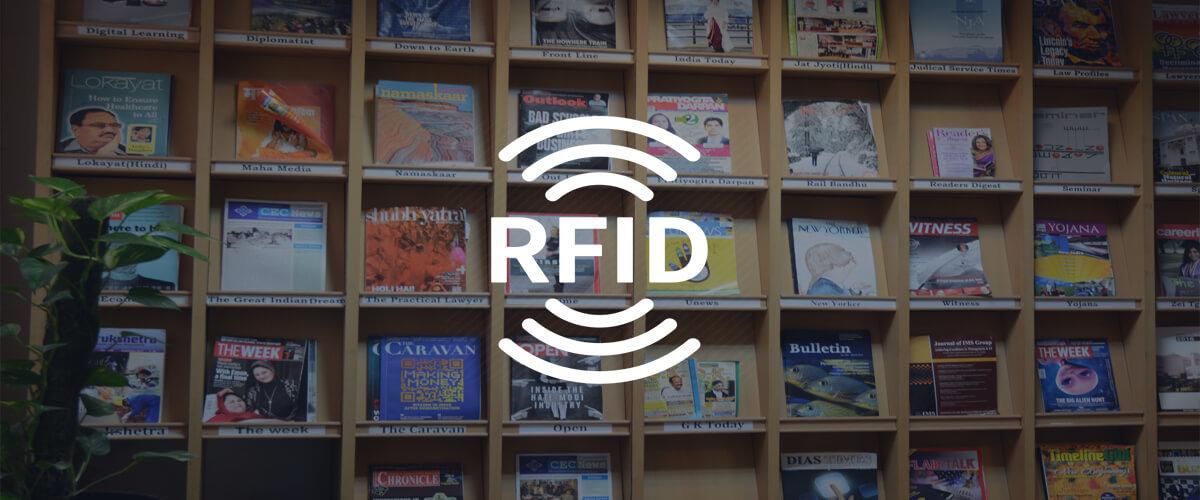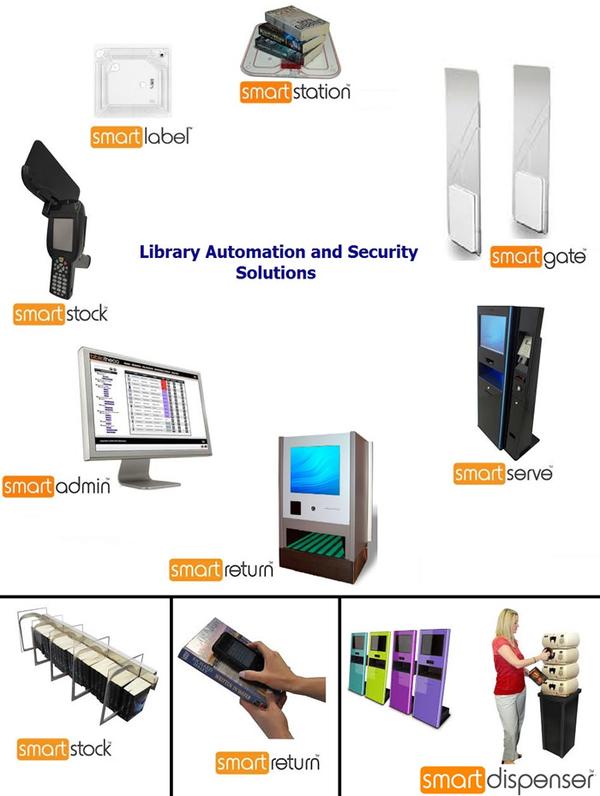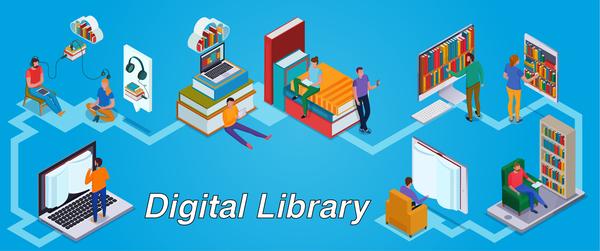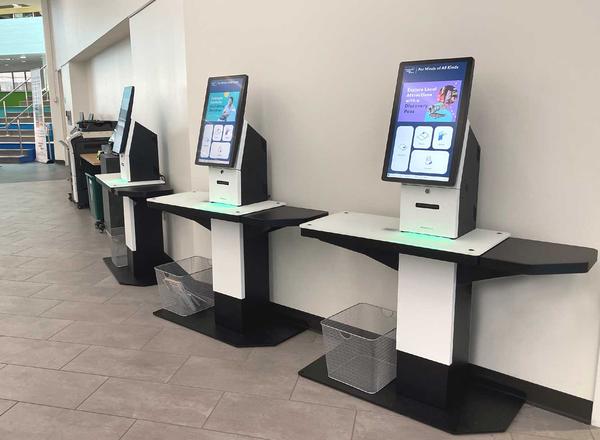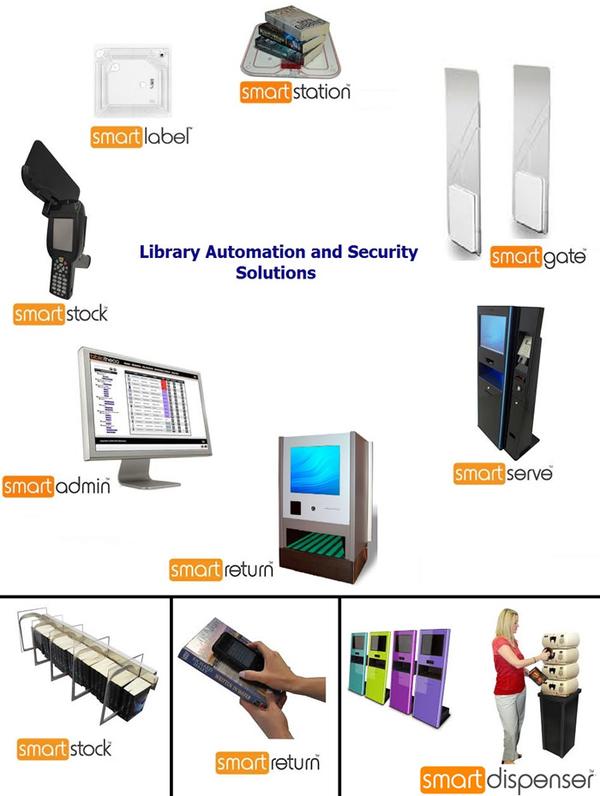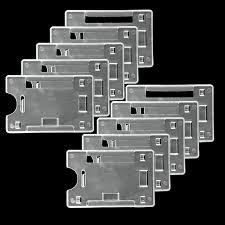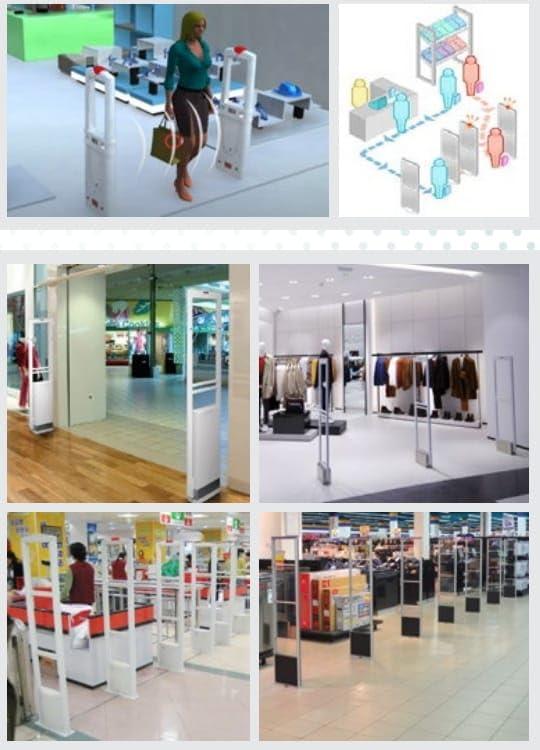An RFID Anti-Theft System for books is a security solution designed to prevent unauthorized removal of books from a library or bookstore. It uses Radio Frequency Identification (RFID) technology to detect and stop theft or loss of items by monitoring tagged books at exits and alerting staff in real time. How It Works: Each book is equipped with an RFID tag containing a unique ID linked to the library database. RFID gate antennas are installed at the library’s exit points. When a person walks through the gate, the system checks whether the RFID tag on the book has been: Checked out properly via the RFID circulation desk Or is still marked as unissued/in-library If the book has not been issued: An alarm is triggered Visual/audio alerts notify staff of potential theft
Send Message
